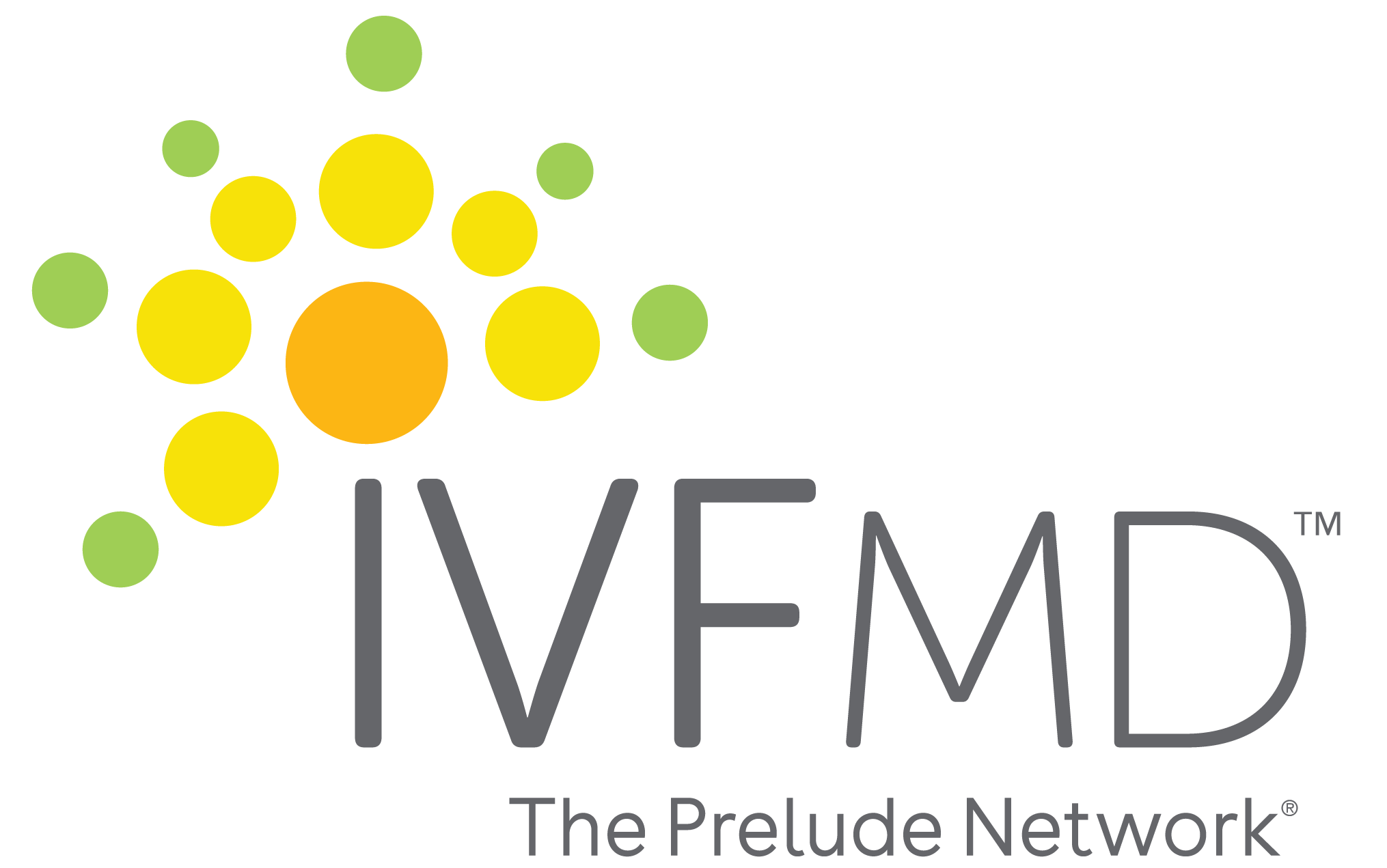The quest to extend women’s fertility to 50
Science is changing pregnancy for women over 40. But many doctors remain cautious about the prospects of childbirth in middle age.
By: Elizabeth Segran

IVFMD patient Cynthia Griner and her baby girl, Hope
In 2015, Cynthia Griner delivered a baby girl at the age of 48. Griner already had four sons, but in her early forties, she felt an overwhelming desire to try one last time to have a daughter. These days, Griner’s Instagram feed is splashed with pictures of her and her toddler wearing cute “mommy and me” outfits. To any woman nearing 50 still hoping to have a child, Griner’s story seems like a dream come true.
But what is less obvious from the pictures is that it took four years–and lots of money on infertility treatments–for Griner to have the family she had always wanted. After going through a battery of tests and hormonal treatments, Griner learned that she did not have any viable eggs left. In consultation with a fertility specialist based in Jupiter, Florida, Griner decided she would be willing to conceive with the help of an egg donor. “This whole process put stress on my body, my marriage, my family,” Griner says. “But it was all worth it, because our family is now complete.”
Griner is fully aware that her baby is the product of many scientific interventions. But the bottom line is that it is currently impossible for women to have a baby with their own eggs when they are nearing menopause and their supply of healthy eggs has dwindled. “This is a universal reality,” says Dr. David Seifer, a fertility specialist at Yale Medicine. “Every woman on the planet has the challenge of the DNA within their eggs degrading over time, a process that accelerates from the time they are in their mid-30s to menopause. Historically, it has been impossible to reverse.”
That might be about to change. There are several experimental techniques on the horizon designed to help prolong the viability of a woman’s eggs. One cutting-edge treatment involves rejuvenating a post-menopausal woman’s ovaries and uterus using the healing properties of blood, while another involves transferring the mitochondria or cytoplasm of a younger woman’s eggs into those of an older woman. Science may be catching up to society’s desire to prolong fertility.
The State of Fertility
An increasing number of women are spending their twenties throwing themselves into their education and career, which means they are starting families older than generations past. American women with a college degree or higher now have their first child at an average age of 30.3. In big, expensive cities, women are increasingly pushing motherhood until even later: In New York and San Francisco, the average age is 31 and 32, respectively.
However, it’s still not very common for women to have babies with their own eggs in their late 40s unless they froze their eggs when they were younger. Since egg freezing was classified as an experimental procedure until 2012, most women who are currently in their 40s never had the opportunity to do it. (An estimated 20,000 American women have now had their eggs frozen, but an estimated 85% or more have not had them thawed to have a baby.)
The average woman experiences menopause at the age of 51. This is the moment when her body stops releasing eggs and, by extension, she stops having periods. Between five to 10 years before that, women go through a transitional phase called peri-menopause, when they have irregular periods because their reproductive hormones begin to decline. “There is no way to delay menopause,” says Dr. Melynda Barnes, the clinical director of Rory, a startup devoted to helping women deal with menopause. “A woman is born with the number of eggs she’s going to have throughout her life. The best that doctors can do is optimize your fertility potential when you’re peri-menopausal.”
If Griner’s story of delivering a healthy baby at the age of 48 sounds familiar, it’s because it’s a story that we hear frequently in the tabloids. Over the past few years, magazine covers have been splashed with the images of celebrities having babies on the later side of 40, normalizing this reality. Two years ago, Janet Jackson had a daughter at the age of 50. In 2014, Laura Linney had a son at the age of 49. In 2013, Halle Berry had a son at the age of 46. In some cases, these pregnancies are totally unassisted. Kelly Preston, John Travolta’s wife, for instance, had an unplanned pregnancy at the age of 48 in 2010. But often, readers don’t know what these women and their families went through to have babies.
Over the past few decades, Seifer has seen an uptick in the number of patients in their forties visiting him because they want to have a baby. In some cases, he has found that these stories of late-in-life pregnancy give women false hope that they can easily have a child close to 50. “It builds an urban myth, because these magazines don’t often give the full story,” he says. “These celebrities may have had miscarriages, cycles of IVF with their own eggs, then decided to do an egg donation before it worked out.”
It’s also true that many fertility clinics market happy, healthy families to women of all ages, making it seem like it is far easier to have a baby than it often is. The global market for in-vitro fertilization (IVF) is growing quickly, and is expected to expand at a rate of 10.2% by 2026 to reach $36.2 billion. On average, it costs $50,000 to conceive a child through IVF.
All of this is aggravated by the fact that it occasionally has been controversial for the medical establishment to discuss age-related infertility. In 2oo1, the American Society of Reproductive Medicine launched a campaign to educate women about the potential problems they may run into if they delayed pregnancy until their 40s. But it famously pulled the campaign due to intense backlash from people who felt like this was encouraging women to have children before they were ready, or to prioritize having children over their career. And there is plenty of medical evidence that older sperm can also lead to infertility or birth defects, and this male age-related infertility is even more rarely discussed.
In short, there is not much an older woman can do to have a baby with her own eggs if she hasn’t already frozen them because the DNA in her eggs has degraded. In practice, defects in older eggs makes it harder to get pregnant, and it also makes miscarriage more likely. Data shows that older women are also more likely than younger women to have babies with chromosomal abnormalities, including Down’s syndrome. Many women are led to believe that they’ll be fertile and able to have a low-risk pregnancy until they’re well into middle age.
The New Science
Scientists are actively searching for a way to rejuvenate a woman’s eggs while preserving the DNA. There have been several efforts to do this around the world.
One controversial new approach is called mitochondrial replacement therapy (MRT), which has been discussed for several decades. It was reportedly used in Mexico and the Ukraine to lead to several successful births.
The approach involves taking a donor’s eggs, removing the nucleus, and replacing it with the patient’s DNA. This effectively improves the quality of an older woman’s eggs, making it more likely for her to conceive. “This preserves the same DNA in the older woman’s eggs, but supports it with energy from the younger woman’s,” explains Seifer.
Last summer, Doctors at the Institute of Life in Athens used this approach on a 32-year-old woman who had four unsuccessful cycles of IVF. Using MRT, she reportedly conceived a baby boy. Now Greece is about to launch a pilot study that will enroll 25 women who have failed to conceive using conventional methods.
In the United States, the U.S. Food and Drug Administration (FDA) has not looked favorably on the treatment. In the late 1990s, several clinics in the United States attempted MRT. It reportedly led to 30 births. The FDA, however, was concerned about the legal and regulatory challenges that this would raise because the ensuing baby would effectively have the DNA of three different people: the mother, father, and the egg donor. Moreover, it is unclear what possible health impacts could occur down the line to babies born this way. For now, any MRT treatments in the U.S. have been banned.
Dr. Kostantinos Sfakianoudisa, a doctor at the Genesis Clinic in Athens, is also working on a new technique that could rejuvenate the uterus and ovaries of women who have had reproductive system disorders, or whose reproductive organs have deteriorated with age. The approach involves drawing a patient’s blood, then isolating the plasma, which is rich in platelets that are capable of healing organs in the body. This approach is currently being used to heal sports injuries. Sfakianoudisa’s innovation has been to inject this plasma into a woman’s uterus and ovaries.
The approach is still exploratory, but initial results have drawn a great deal of interest. In January 2019, Sfakianoudisa published an article in the Journal of Clinical Medicine in which he presented the case of a woman who was diagnosed with premature menopause at the age of 35, and had not had a period since she was 33. At the age of 40, Sfakianoudisa injected the platelet-rich plasma into her ovarian tissue and began in-vitro fertilization. The woman became pregnant, but miscarried during her first trimester.
“The efficiency and safety of this treatment with regard to the reproductive system merits further investigation,” writes Sfakianoudisa and his coauthors in the article. But the study does offer a glimpse into the cutting-edge work being done in the field of fertility medicine. In this case, Sfakianoudisa managed to reverse menopause and restore menstruation, something that had been previously thought impossible. It raises the possibility that other post-menopausal women may be able to conceive in the future.
For Seifer, who sees patients every day, there’s still a gulf between these exploratory fertility treatments and the reality for women in their 40s and 50s who want to have a baby. “For now, these treatments are experimental,” he says. “There’s a fine line between being encouraging and giving false hope.”
That said, recent medical developments along with further scientific advances could mean that more women would be able to have babies in their late 40s in the years to come. It didn’t take long, for instance, for egg freezing to move from being a radical new treatment to being widely embraced. Many tech companies like Facebook and Google even help women pay for the treatment. As a result, the number of women freezing their eggs in their late twenties and early thirties has been growing exponentially since 2015, and the vast majority of them still have not thawed their eggs. If these women try to conceive naturally in their mid-forties–like Cynthia Griner did–and are unsuccessful, they will be able to turn to their own eggs. “These women will essentially be their own egg donors,” says Dr. Jenna McCarthy, Griner’s fertility doctor.




